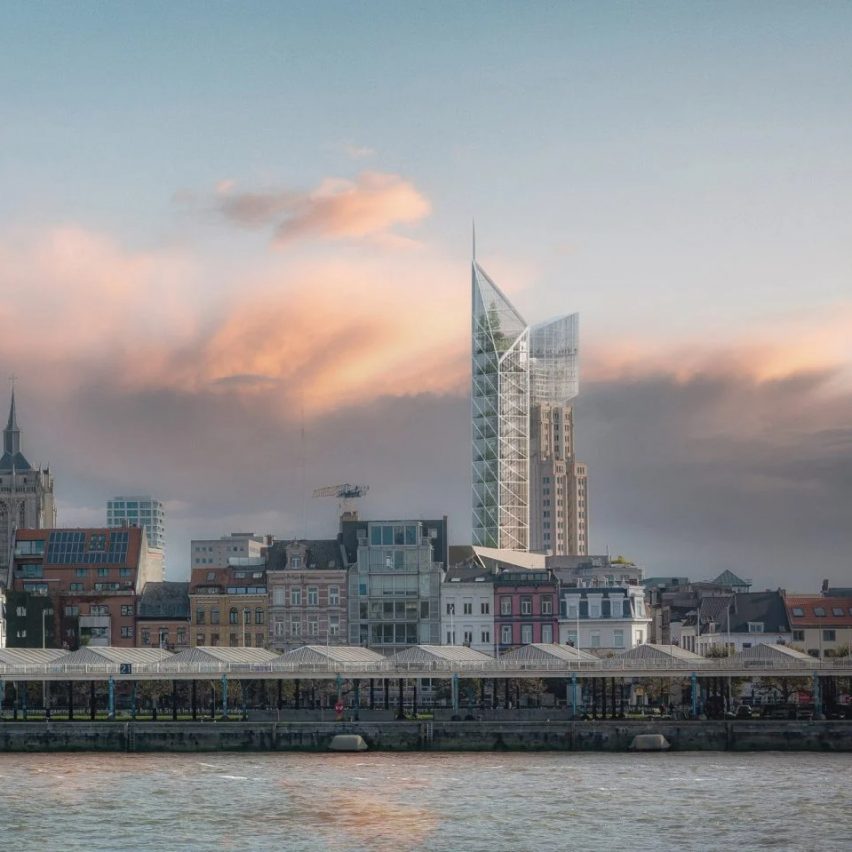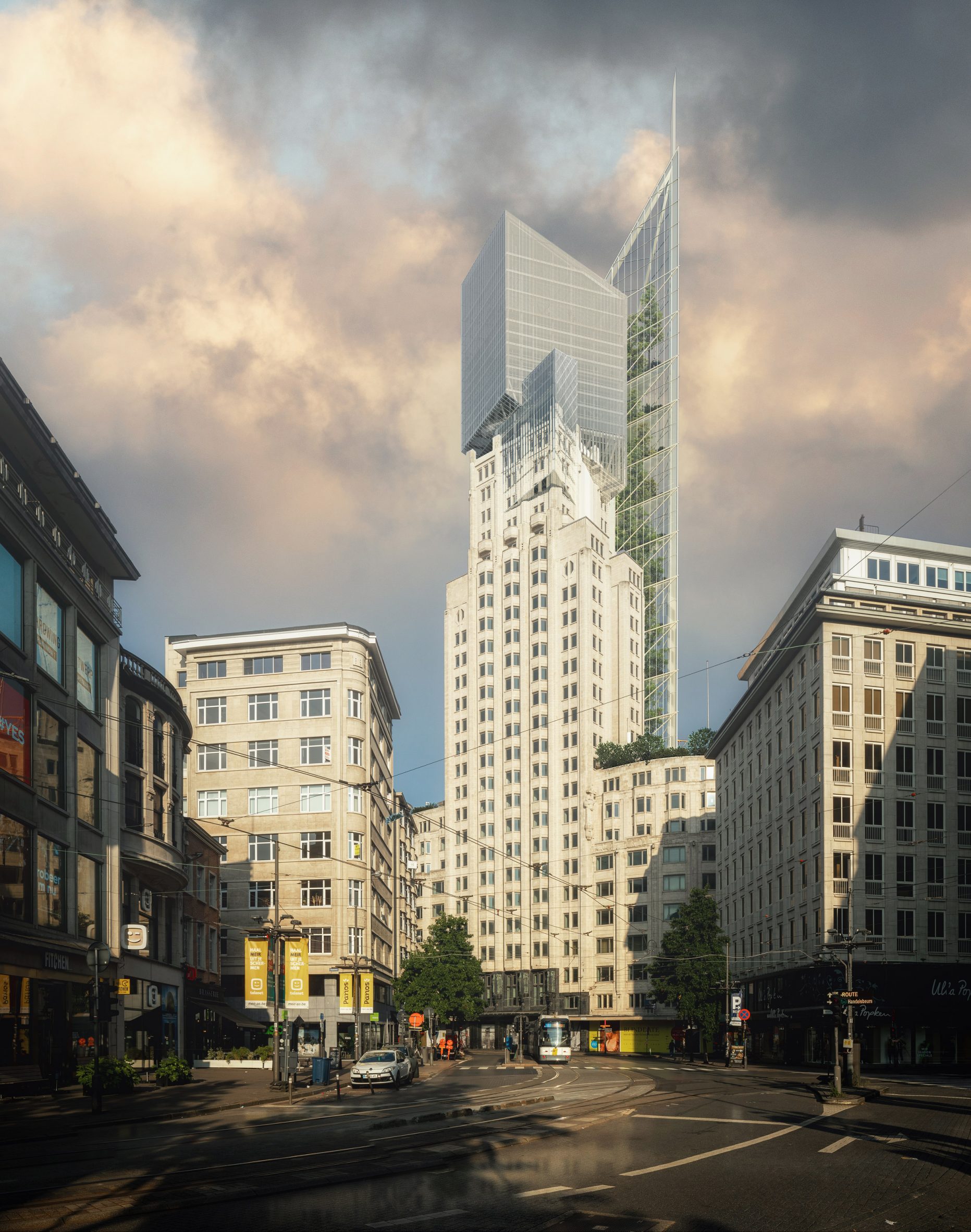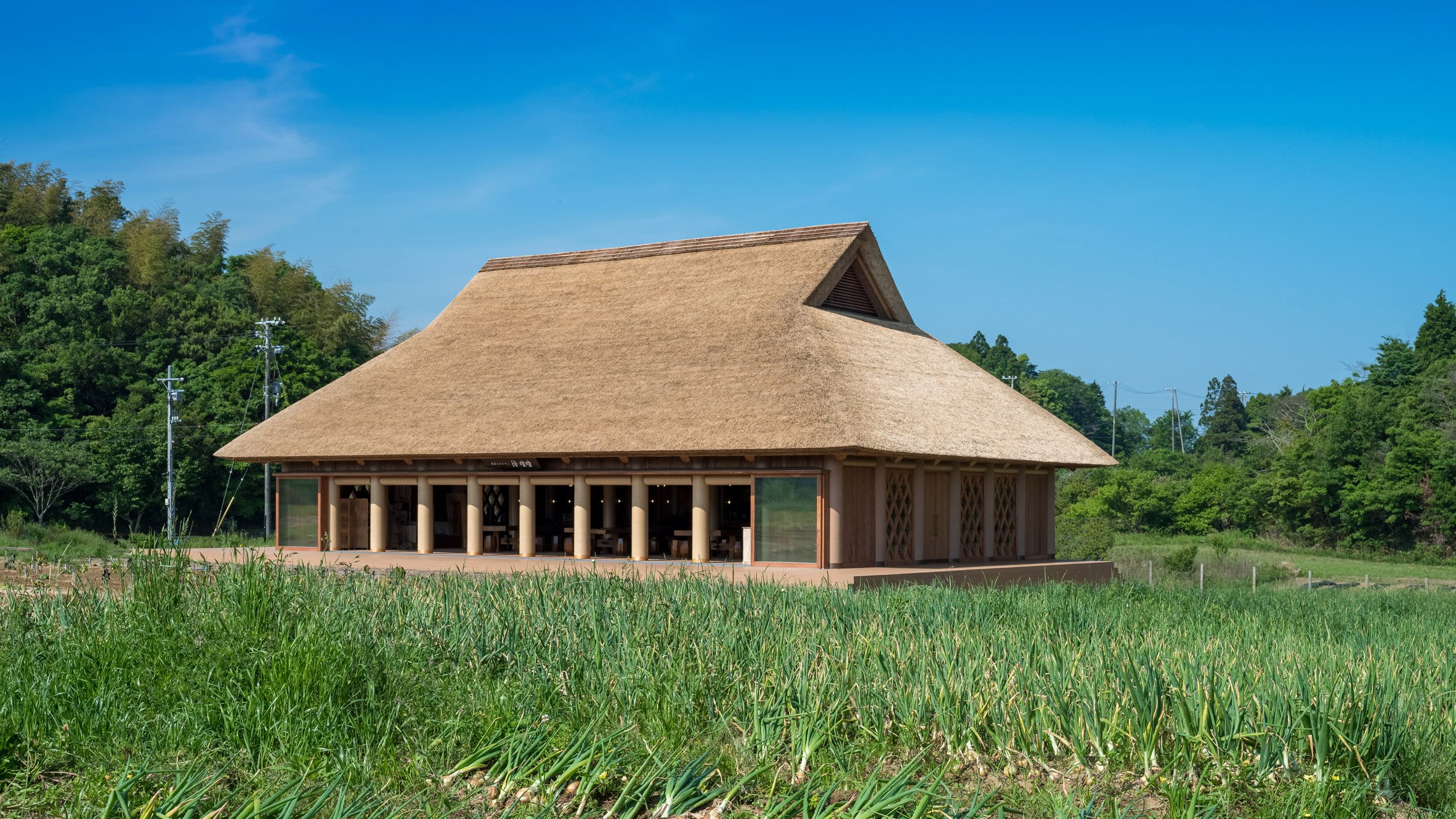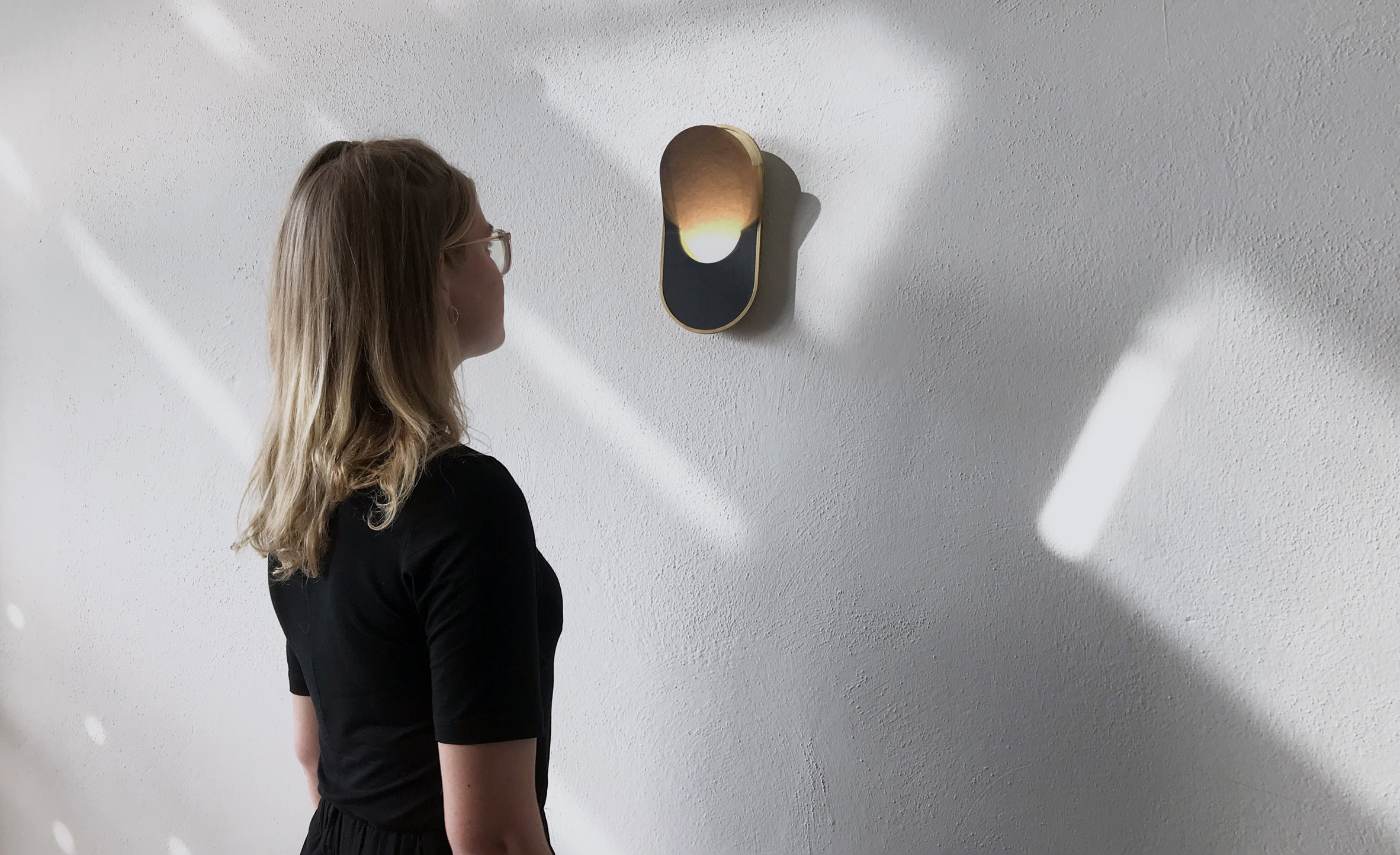
In this week’s comments update, readers are discussing Studio Libeskind’s design for a contemporary extension to the iconic Boerentoren tower in Antwerp, Belgium.
Polish-American architect Daniel Libeskind‘s studio has designed an extension to the 90-year-old tower, which was once Europe’s tallest high-rise, as part of a plan to preserve its architectural heritage while transforming it into a cultural institution.
The proposed extension would sit over the top of the Jan Van Hoenacker-designed building like a crown, juxtaposing its art deco style.

“It looks like a glass box monster that will devour the building”
Commenters are concerned that the extension is less of a juxtaposition to the building than an “eyesore“.
“I cannot believe the same person who designed the wonderful extension to the Jewish Museum in Berlin is the same person who designed this,” wrote Nick Marshall.
Mark Favermann thought that the design “underscores how some firms creatively run on empty after a while. Embarrassingly, the design is an awkward, ungainly ‘forced marriage’ of styles and materials.”
Darin Kirschner doesn’t think the extension is a fit for Antwerp. “Take whatever that idea of a building trying to graft itself onto a classic tower is and finish it as an actual standalone structure,” they commented. “Then go put it in London or Dubai where such styles are happy and at home and leave this beautiful city alone.”
Miles Teg likened the scale of the extension to a nightmare: “It looks like a glass box monster that will devour the existing building entirely. Then eat the neighbouring buildings as well, as it grows ever more hungry.”
Are commenters being too critical of the plans? Join the discussion ›

“PETA is cherry-picking statistics”
Commenters couldn’t wrap their heads around PETA’s Vegan Wool Challenge, which calls on designers and researchers to develop a vegan alternative to sheep’s wool with a lower environmental impact.
With $1 million set to be awarded to the first entrant who develops a bio-based or bioengineered material that mimics wool, PETA hopes the initiative will help to cut emissions from the wool industry and support its ongoing campaign against animal cruelty.
PETA’s claim that “even on ‘sustainable’ and ‘responsible’ farms, workers beat, stomped on, cut up and slit the throats of conscious, struggling sheep” was disputed by commenters.
“PETA is cherry-picking statistics – ignoring the complete lifecycle of each textile and claiming that one small group’s behaviour is common throughout the industry,” wrote Anne Casey. “Australia, typical of developed economies, has strict animal welfare laws. I know wool producers and they care deeply for their sheep,” they added.
“I think these kinds of over-simplifications do more harm than good,” echoed Sander, who disagreed with claims that wool is among the fashion industry’s most polluting materials. “[It] completely ignores any problems associated with plastic.”
Al, meanwhile, came up with a simpler solution: “Just shave vegans’ legs!”
Do you think vegan wool is the future? Join the discussion ›

“Seems aimed towards disposability, more than sustainability”
A thatched roof and large cardboard tubes form part of the structure of the Farmer’s Restaurant on Awaji Island, designed by Pritzker Prize-winning architect Shigeru Ban‘s studio.
The practice’s choice of materials has thrown up some questions for readers.
“I am confused [as to] what the purpose of the cardboard tubes are when they’re filled with wood for stability,” wrote Nivora. “Right now it sounds and looks like an added layer with no substantial purpose besides being able to say you used cardboard.”
Chris wasn’t sold either. “How is this sustainable? Or desirable from a client’s perspective? Major miss from this architect,” they wrote.
Romeo Reyes agreed that “its design direction seems aimed towards disposability, more so than sustainability”, but conceded, “for now, it looks cool”.
What do you make of the use of cardboard? Join the discussion ›

“One would hope that its battery doesn’t run out before yours does”
Designer Ony Yan has created In Memoriam, a two-part system that can be installed in single-person households to notify neighbours in the event of their death.
Comprised of a battery-powered odour detector and a signal lamp that are linked by a wireless connection, the device was designed to “encourage a community to look after each other”. Commenters weren’t feeling the love.
Bras cubas thought that having a daily reminder outside your door “that you’re not so far from the end” is “traumatic”.
“Creepy. A better alternative are the apps that send alerts when a person doesn’t do a daily check-in,” commented HiKoo.
Pa varreon disagreed, calling the device a “brilliant and major idea” deserving of a Nobel Prize.
Jim Angrabright was among the commenters looking on the lighter side, quipping: “One would hope that its battery doesn’t run out before yours does.”
Would you purchase In Memoriam for a loved one? Join the discussion ›
Comments update
Dezeen is the world’s most commented architecture and design magazine, receiving thousands of comments each month from readers. Keep up to date on the latest discussions on our comments page and subscribe to our weekly Debate newsletter, where we feature the best reader comments from stories in the last seven days.
The post "Leave this beautiful city alone" says commenter appeared first on Dezeen.
